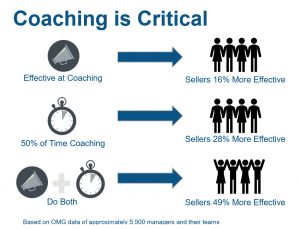Earlier this week, the CultureIQ recruiting committee met to refine our hiring process. We all came to the meeting armed with our personal job searching horror stories. Our goal: Don’t let that happen here (and also to recruit high-potential talent that aligns with our values and required job function… but we’ll cover that in a future post).
From a candidate’s perspective, navigating the recruiting process can be nerve-wracking, even in the best situations. It’s often challenging to put yourself in the candidate’s shoes, and even harder for the candidates to put themselves in your shoes. This leads to wires crossing, communication mix-ups, and misguided assumptions on both sides. And not to mention, a whole boat load of anxiety.
In the interest of avoiding hiring pitfalls, I’ll share a few things that have come up in various discussions around here. Admittedly, we aren’t perfect yet, and we’re still figuring out our rhythm and style. But the important thing is that we are proactively working on it and dedicated to improving this process.
Beware Of Tedious Hiring Processes
Looking for new role already feels like a full-time job (and sometimes it is), so unnecessary steps or a poorly planned process can take a toll on the candidate. It also can send the message that you don’t respect the candidate’s time. A study by Staffing.org reported that 47 percent of candidates chose not to apply for a particular company because of its frustrating and tedious hiring process.
That isn’t to say that candidates should not have to provide substantial information and take the hiring process seriously. However, there is value in separating the crucial details from the fluff that won’t help you make a better decision. If your company’s initial application looks like a manual more than a questionnaire, it may be beneficial to cut it down. Similarly, vague and poorly worded questions and unguided conversations only create more confusion and take up both of your time.
Fill The Information Gap
Another common complaint from candidates is a general lack of information in job descriptions. Candidates weigh their interest in a company by a wide variety of factors, such as job tasks, benefits, salary information, work schedule, and company culture. If only some of these factors are addressed, you not only let false expectations creep in, but you may also cause quality candidates to turn away because they are simply unsure.
Don’t Leave Them Hanging
A Careerbuilder study revealed that 52 percent of employers stated that they tend to respond to less than half of their applicants. This general lack of communication leaves a bad taste for candidates, who also reported being less likely to buy from companies with whom they had a poor hiring experience. Inevitably, things come up in a company thatimpact the decision-making timeline, and that is okay. The important thing is to keep candidates in the loop, whether it’s letting them know that you haven’t forgotten about them, or sending an updated timeline if possible. To make this easier for recruiters, provide a general email template for each stage of the process. Always customize the email when possible (sometimes you just don’t have enough information) to show that you’re recruiting people, not resumes. Not only does this prevent confusion, but it also sets a precedent of a culture of trust and respect.
In fact, if I were to sum up all of these points into one word, it would be respect. The recruiting process is full of managing delicate dynamics, busy schedules, and important legal considerations, but try to not let that swallow the human element. If you treat the candidate with respect every step of the way, it will translate into an authentic, positive candidate experience.
Business & Finance Articles on Business 2 Community(63)





